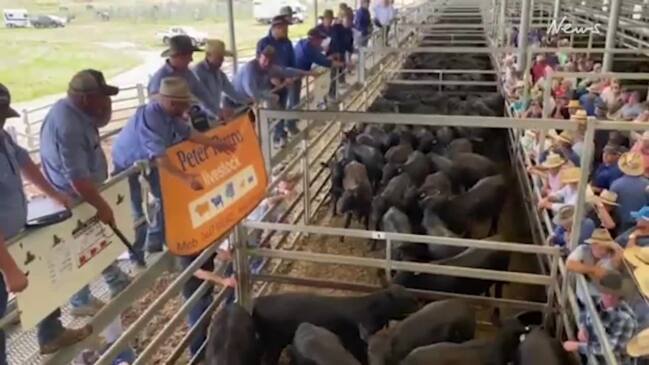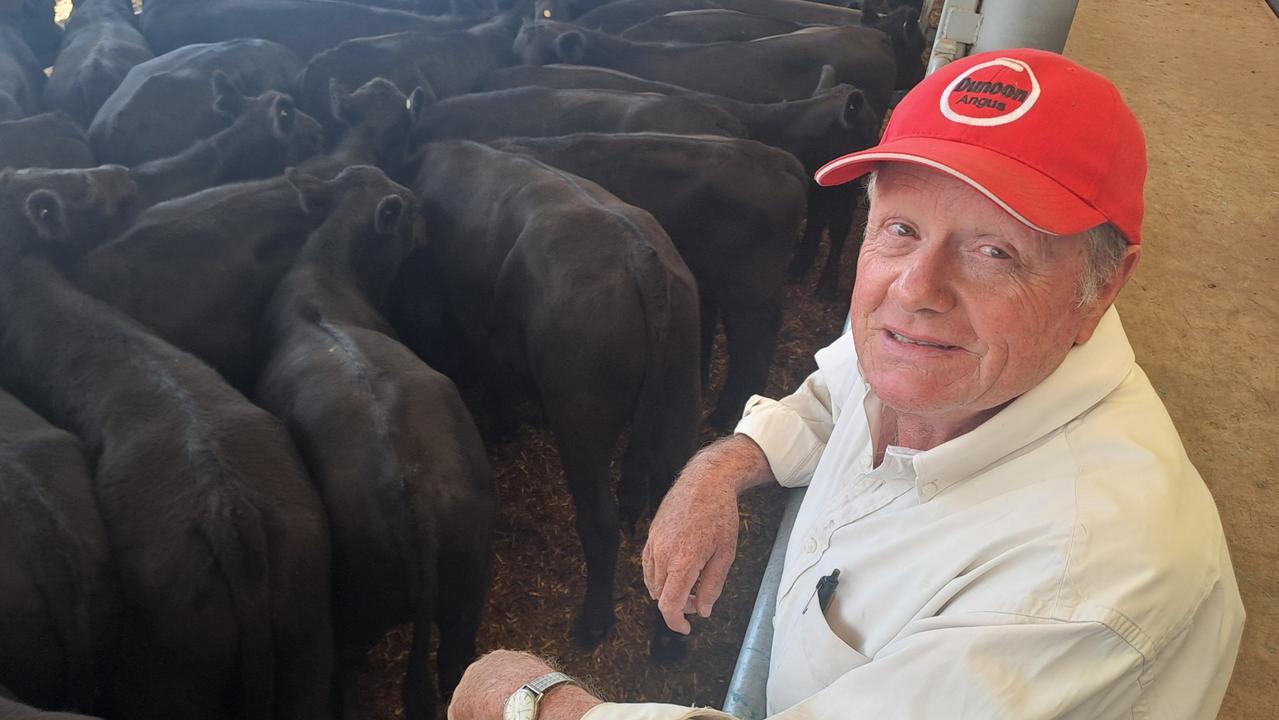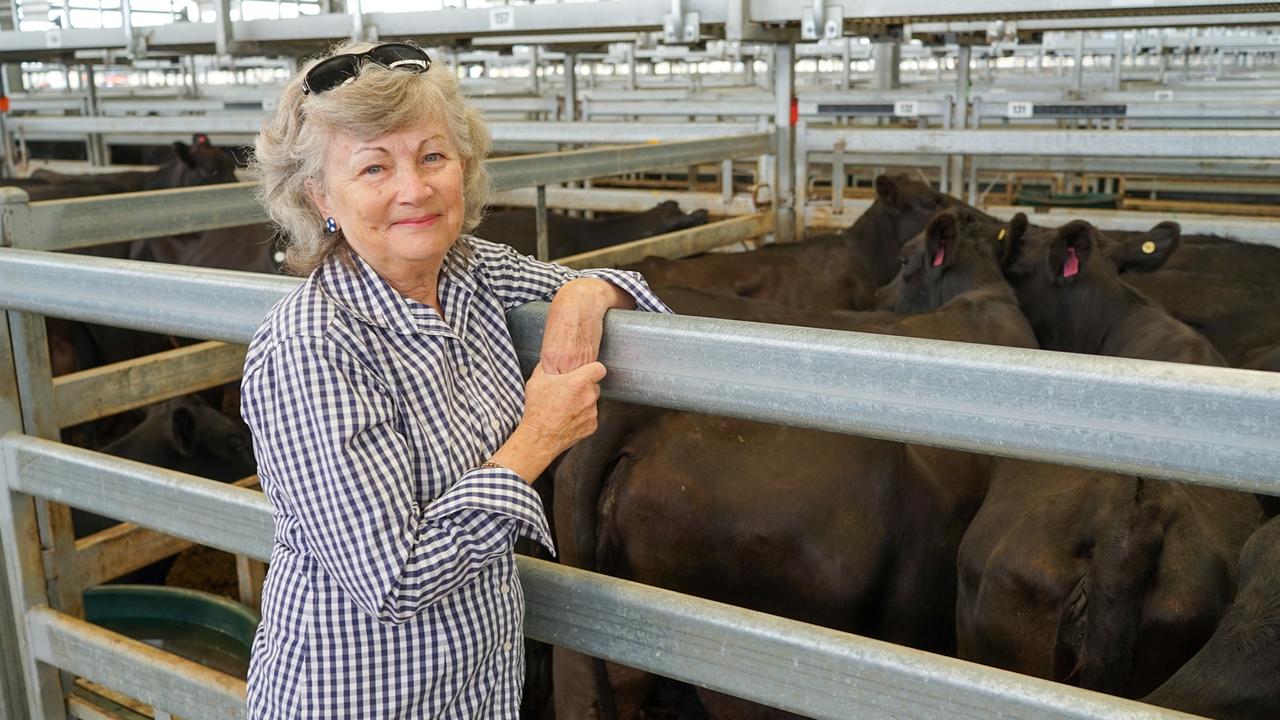Analysis: how people are judging this year’s calf sales
It has been a ‘different’ feel at this year’s famed weaner calf sales, with some interesting trends emerging. Read our analysis here.

Over the years there has been exciting New Year weaner sales where prices have ballooned on confidence and defied logic and there has been depressed sales where the very viability of breeding calves has been questioned.
This January the sales have a different feel again and don’t neatly fit into any mould.
The mood has been fairly subdued and bidding doesn’t have a lot of energy, yet in a sense the prices of 300c/kg-plus for most steers is arguably a celebratory win for producers who just weeks ago looked like they were facing a much cheaper outcome.
Buyers are not saying much, there is little talk about the possible future performance of the beef market and hoped for profit margins in these calves.
From a journalist’s perspective this sale series has been a C to write about – controlled, consistent and compressed.
Controlled from the point buyers have set a game plan and for the most part stuck rigidly to it which has led to consistent bidding in a tight range which has resulted in compressed price averages.
To Illustrate this point, the following are the averages from four days of selling at Wodonga last week:
TUESDAY feature Angus sale: 3438 steers averaged $1109 at 307c/kg liveweight.
WEDNESDAY feature grown Angus and weaner sale: 2058 steers sold averaged $1070 or 304c/kg.
THURSDAY feature Hereford and European-cross sale: 1857 steers averaged $1055 or 296c/kg.
FRIDAY feature Hereford and European-cross sale: 1569 steers averaged $1056 or 283c/kg.
So there was just a $54 difference in the average result across four days of selling covering nearly 9000 steers as prices basically tracked within a 10 per cent range either side of a base rate of 300c/kg. Heifers have sold in a similar tight price pattern, with the same 10 per cent range either side of 250c/kg accounting for the bulk of sales in the North East last week.
To address the breed difference. Yes, the Angus calves have averaged better than the Herefords and coloured calves (EU sired Charolais and Limousin). There was comments last week that the discounting for Herefords was as “severe” as agents had seen in many years.
In some cases it was a true statement, and there is a couple of elements to it.
Firstly, the quality of the Herefords and coloured calves tends to be more varied than the Angus and there was obvious reasons for some of the discounting seen last week.
Secondly, the market does seem to have a strong psychological element to it which is working in favour of Angus which are the most popular breed and, arguably, the easiest to market.
As one buyer stated simply last week when asked why they weren’t buying Herefords even at the lower price rates: “When the market went to s%!* last year anything black was a lot easier to sell”.
The mental hangover from the sudden and severe melt down in cattle prices through the latter part of 2023 has buyers keen to protect themselves through strategies such as breed and aligning prices closely to current returns for feeder and slaughter stock. Refer back to controlled, consistent and compressed.
And even then, emotions, are still raw. A buyer of some of the best weaner steers at Yea last week was apologetic about not wanting any media coverage.
“Sorry, but I haven’t made any money and don’t want to say anything or be in any pictures,” he told The Weekly Times. In an ‘off the-record’ chat he was blunt about the outcomes of the past year, including dismissing the theory that if you had paid $2400 for steers and then sold them for $1800 but bought replacements at $1200 it was still OK.
“That’s just junk. If you do a proper profit and loss you just haven’t made any money,” he said.
As mentioned, buyers generally aren’t saying much or ‘crystal ball’ gazing about profits down the track. Although the general consensus is that they are in a much safer position than the past two years.
Elders national livestock manager Peter Homann said weaner prices seemed to have found some mid-ground which was giving both vendors and buyers a reasonable outcome this January.
“On the current prime market these weaner prices are as good as you could expect, but I think the cattle job will keep firming and I think there will be a margin in it for these calf buyers,” he said.
The interesting trends to emerge this week as the selling focus shifted to Hamilton and Casterton was notable premiums for heavy EU accredited steers which consistently sold above 330c/kg on decent weights of over 400kg at times.
This dearer results helped carry the Hamilton sale to the best average so far this New Year at an average of $1141 a head or 331c/kg.




